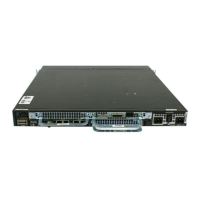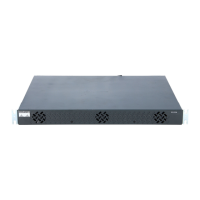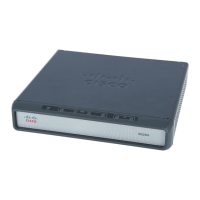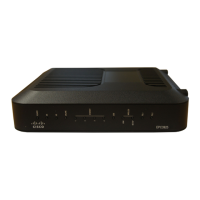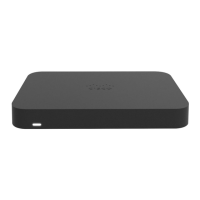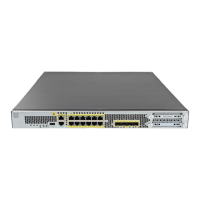6-2
Cisco AS5350 and Cisco AS5400 Universal Gateway Software Configuration Guide
OL-3418-02 B0
Chapter 6 Configuring Voice over IP
VoIP Basics
Contents are as follows:
• VoIP Basics, page 6-2
• Configuring Basic VoIP, page 6-6
• Voice QoS Basics, page 6-15
• Enabling QoS Features for VoIP, page 6-16
• Additional Resources, page 6-23
Tip It is critical that you consult the additional references sited throughout and at the end of the chapter
before you configure VoIP. These plus additional references throughout the Cisco website (search for
configure voip to locate the most current references) provide the information that you need to optimize
settings. The more information that you have at your disposal, the greater your probability of success,
as measured by cost savings and user acceptance.
Note Although VoIP technology is primarily software-based, it requires that you install a universal port card
into the appropriate slot of your Cisco AS5350 or Cisco AS5400 universal gateway. The number of ports
or channels available for sending VoIP data depends on the capacity of your card. For more information,
see Chapter 5, “Managing and Troubleshooting the Universal Port Card.”
VoIP Basics
Before you configure VoIP on your gateway, it might help to understand at a high level what happens
when you place a VoIP call. Think of each event in a call flow as occurring on one of the several “legs”
of a call, as shown in the following typical scenario. Other scenarios are possible, of course, including
ones where the call destination is an IP phone and the call never leaves the IP network.
• Call-leg 1: Originating device to originating gateway
• Call-leg 2: Originating gateway into the IP network
• Call-leg 3: IP network to destination gateway
• Call-leg 4: Destination gateway to destination device
Figure 6-1 Call Legs
Legs connecting a local device (typically a phone, fax machine, or PBX) to a gateway are called POTS
(plain old telephone service) legs. Legs connecting a gateway to the IP network are called VoIP legs. A
POTS or VoIP leg is either inbound or outbound, from the perspective of the associated gateway.
Source Destination
Call leg 1
(POTS dial peer)
Call leg 2
(VoIP dial peer)
Call leg 3
(VoIP dial peer)
Call leg 4
(POTS dial peer)
35950
IP network
V V

